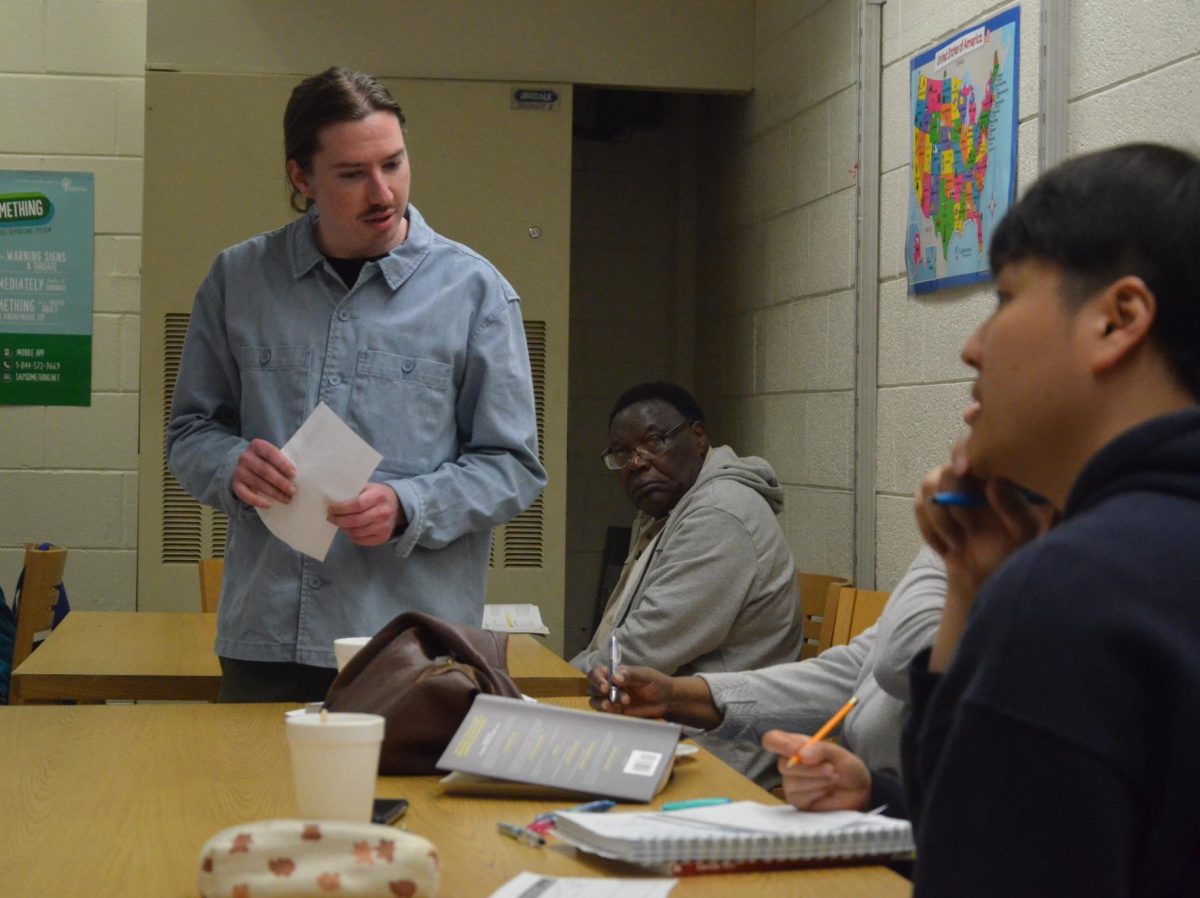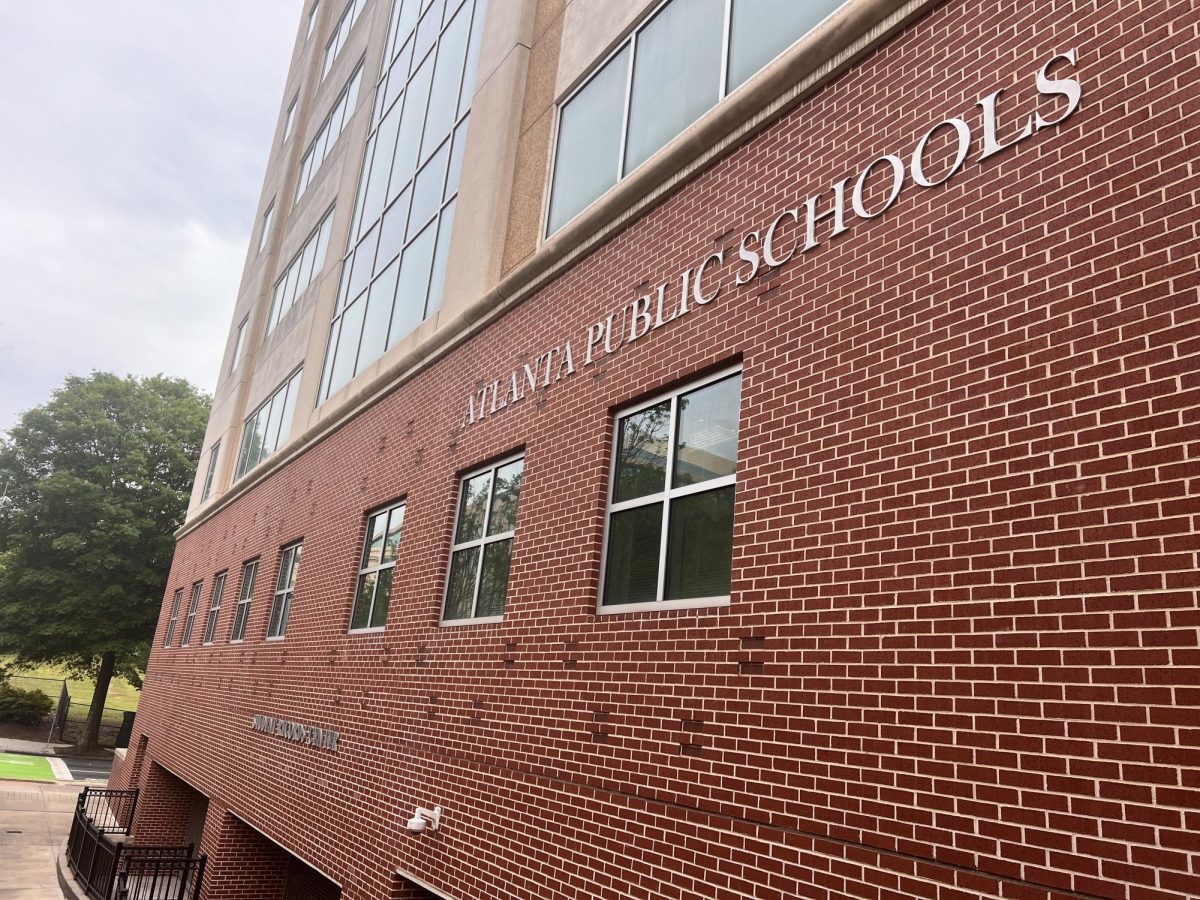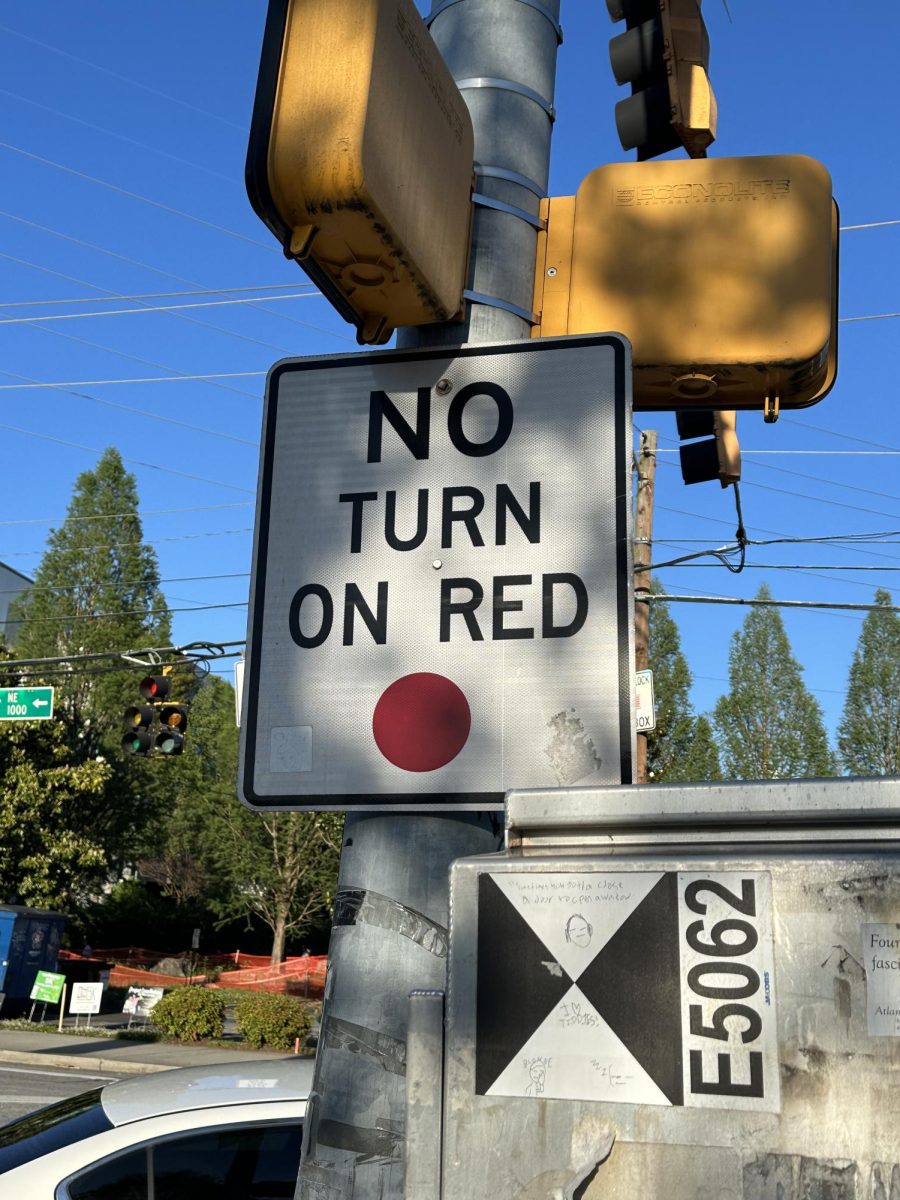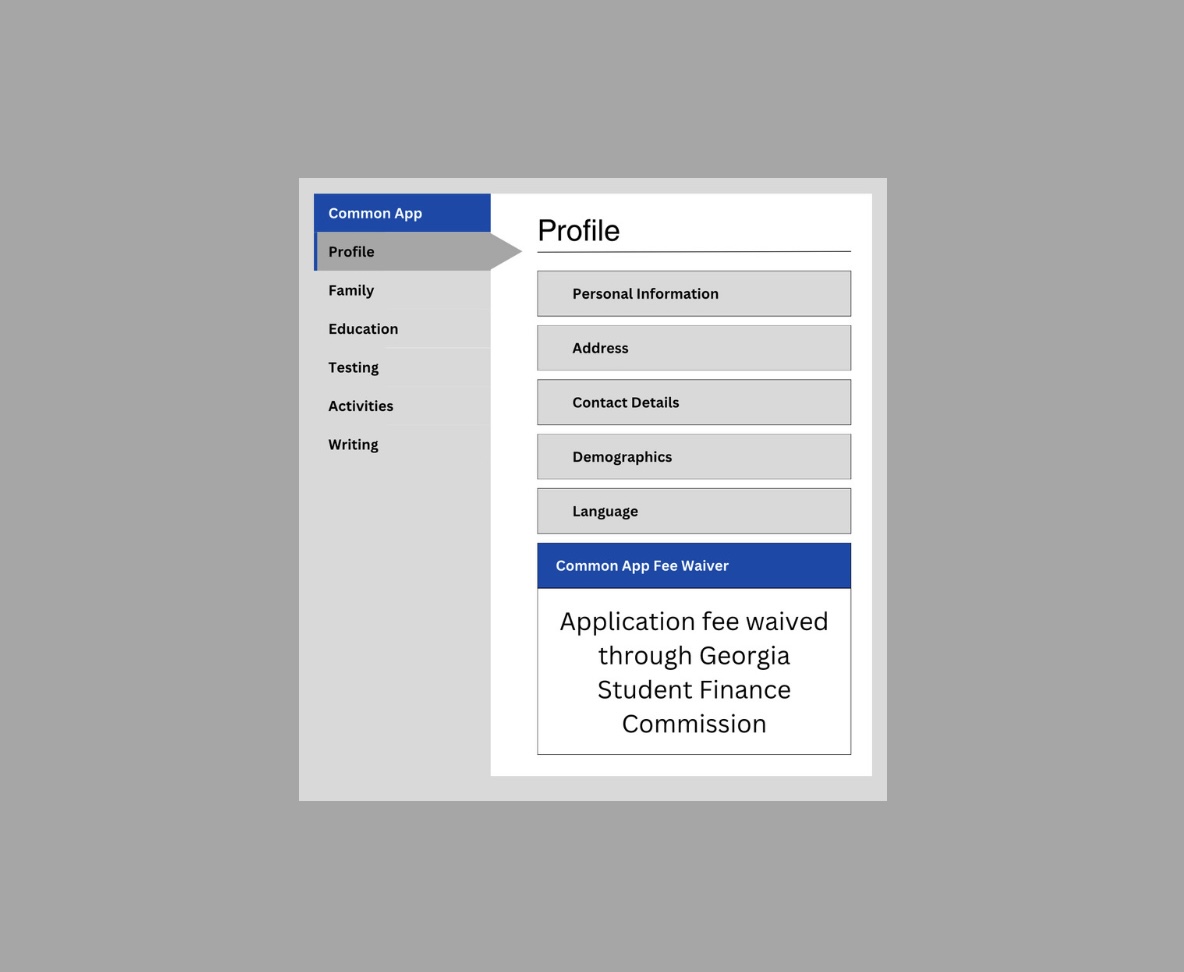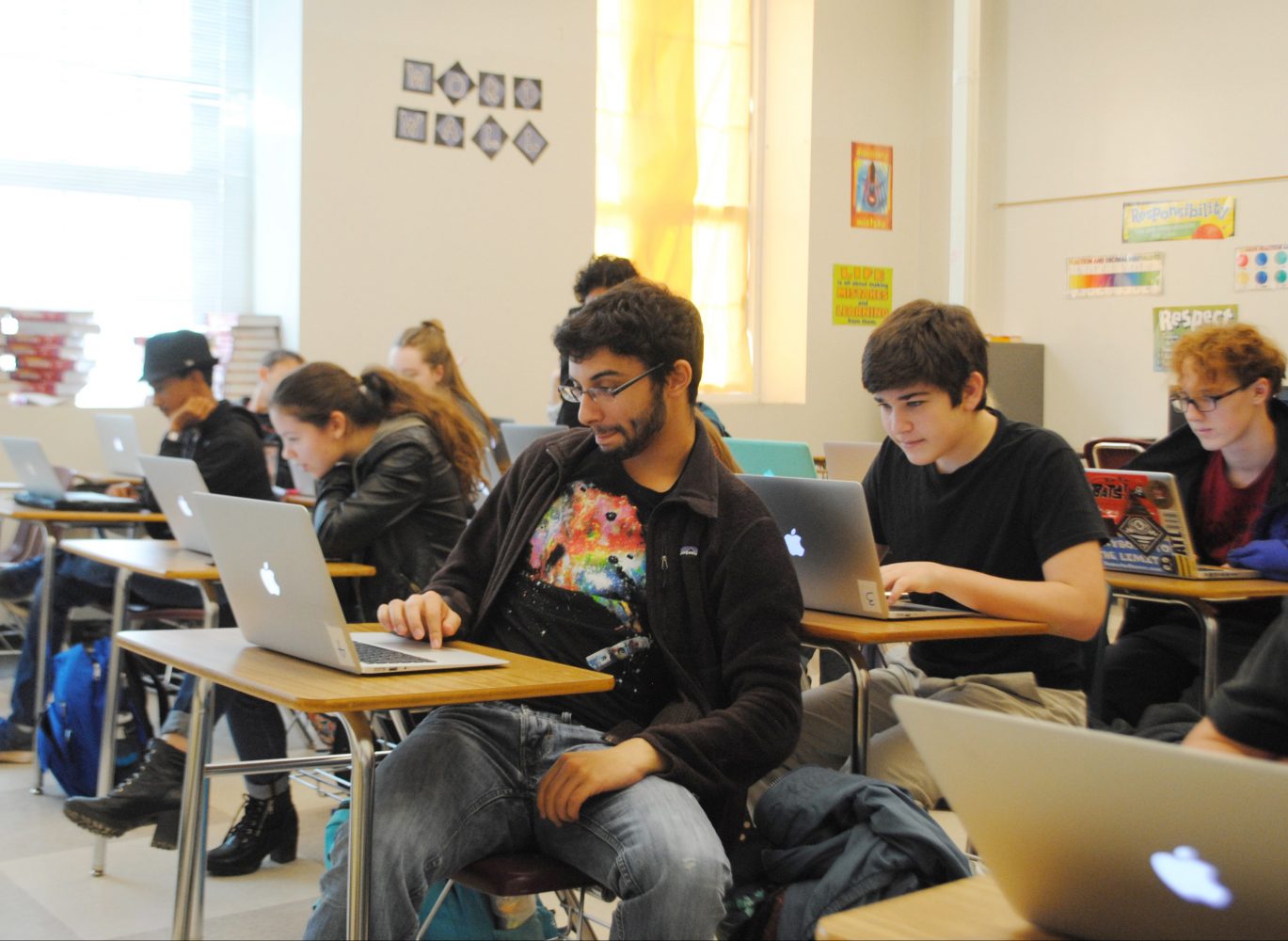In light of a changing job market, schools across the country are putting more emphasis on computer literacy. While Grady currently offers AP Computer Science, the Georgia Department of Education recently announced plans to add three new sets of curricula to state standards.

Data from Georgetown University predicts over 183,000 new jobs in computer science by jobs predicted for that time frame. Three of the top 15 jobs on the market are in computer science, according to CareerCast’s rating, which includes job satisfaction, growth and salary.
With these figures in mind, it is clear why Gov. Nathan Deal has placed an emphasis on the subject.
“Training our students to fill these high-wage, in-demand posi-
tions is necessary for Georgia to maintain a world-class workforce,” Deal said.
Part of GADOE’s initiative to better prepare students for a modern job market has been the proposal of the three new courses: Embedded Computing, Web Development and Game Design and Simulation.
AP Computer Science at Grady is currently taught by Saida Willocks.
“I think that in a technology-driven society, it is a great idea to have more classes based on technology,” Willocks said.
Senior Tate Lancaster was placed into AP Computer Science after her preferred class, AP European History, was filled.
“I feel like I am actually learning a lot,” Lancaster said.
The new curricula are made to represent a wide variety of computer sciences careers. After taking two introductory courses, students would have the option to take a more focused course in one of three areas and earn what the GADOE calls an “industry recognized credential.”
Not only does this approach offer practical value, it also allows students to learn about the aspects of computer science that interests them the most. Lancaster is one example of a student who wants computer science to be more relevant to her interests.
“I want to apply it to something I care about,” Lancaster said, adding that a course that blended art and computer science would interest her.
Offering a variety of interesting courses would likely increase enrollment in computer science.
“It would give a really streamlined way to get into the field,” Kidd said.
The first course, Embedded Computing, focuses on how computers are used in everyday life.
This course would culminate the “Internet of Things” pathway. Students would learn about computer integration in everyday technology such as cars. A sample content standard requires creating an application to solve a real world problem.
Students interested in video game design would take a course that not only teaches the programming of games, but also teaches the artistic, marketing and psychological factors that influence a game’s success.
Finally, the Web Development pathway would teach students how to make a website starting from the ground up, including the use of HTML and CSS, the languages most commonly used in the creation of websites.
“As a freshman, I would have taken Video Game Design,” said junior Harper Gambill, who does not take any computer science classes. “But
now, I would be interested in Web Design. I feel like it’s more realistic for job applications.” In the current job market, a career in computer science can look tempting. The Bureau of Labor Statistics reports median wages as high as $93,000 a year for those with bachelor’s degrees in computer science. On top of the high pay, the job outlooks through 2022 range from “average” to “far above average.”
“I definitely feel that an intro class is necessary,” Lancaster said. “There are a lot of people in my class who just know computer science. I really don’t feel like my logic skills have grown. I learn mostly by memorization.”
Computer science is a course with unique material, as a result students may have trouble dealing with new concepts.
“Frustration is part of the process,” Willocks explained. “Everyone has that light bulb moment when they find a bug and get their program to work.”
Part of the state’s plan to increase student interest in computer science is to change the way that credits are awarded for the courses. Proposals range from counting the classes as math or science to foreign language credits.
Because all students are required to take two years of a foreign language, the latter option would likely draw many new students to computer science. Giving any type of core credit for the courses, however, would increase interest simply by giving students more options.
There is some conflict about what type of credit computer science classes should award.
“It’s not a foreign language,” Kidd said. “It’s a job skill. I would say it’s more of a science class, to be honest.”
Some believe giving foreign language credits for the course is the appropriate option.
“Foreign language fits it really well,” Lancaster said. “It’s not like I’m learning math, and I have no idea how it’s science.”
Lazega agrees, saying, “They are coding languages. It’s in the title. However, it’s not a language in the conventional sense.”
Computer science certainly falls into a grey area as to where it should fit into graduation requirements. Whatever type of credit students get for the courses, however, the knowledge they gain is targeted to help students in the future.
“I think that these skills are necessary in all fields — really useful at least,” Kidd said. “I plan to keep it as a hobby because it’s useful.”
Whether students decide to enter a career in computer sci-
ence or another field, they will certainly find that their computer science skills help them.
“Logic and problem solving are interdisciplinary,” Willocks said. “You are learning to think. You can apply that to any discipline.”

